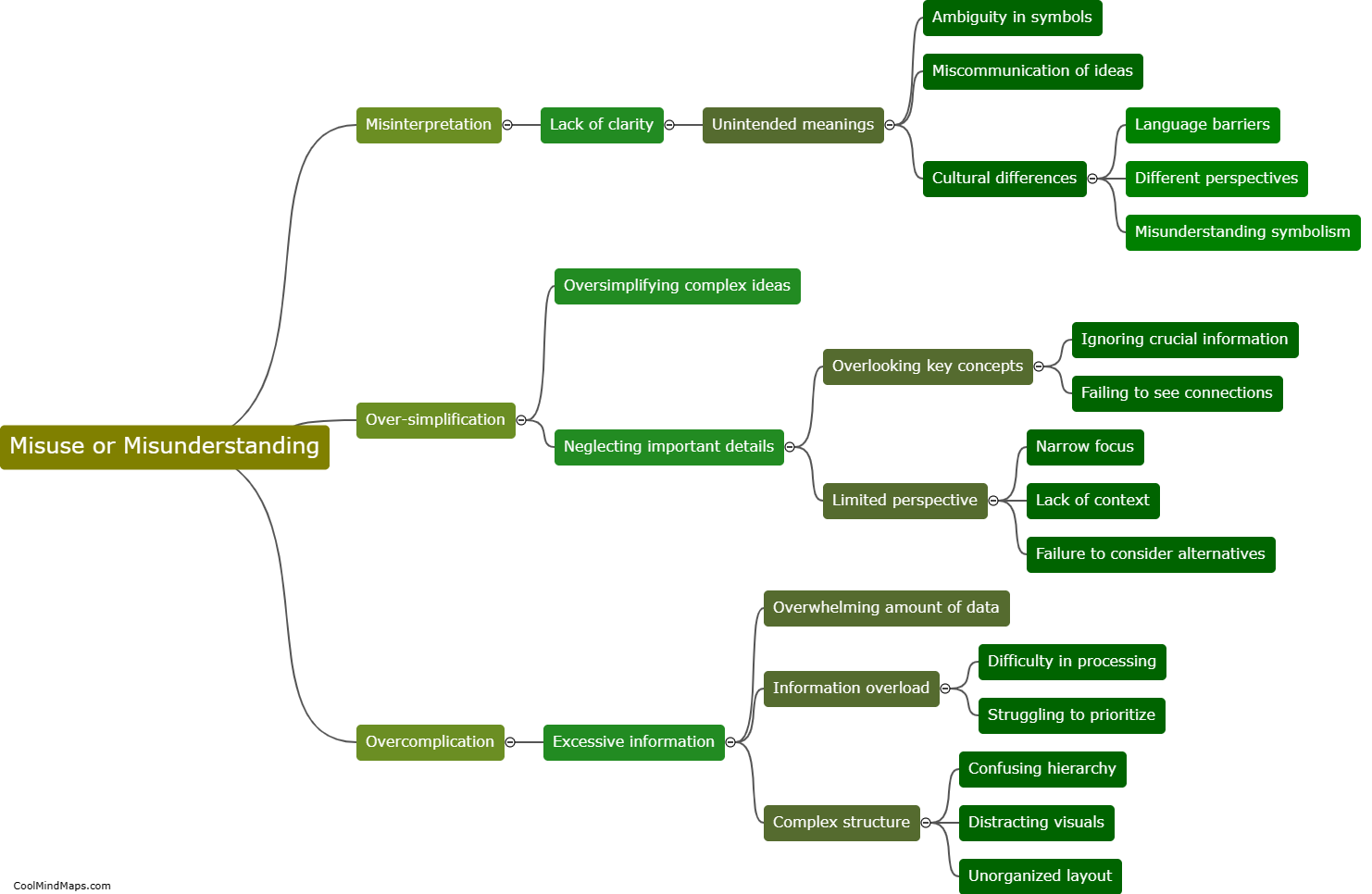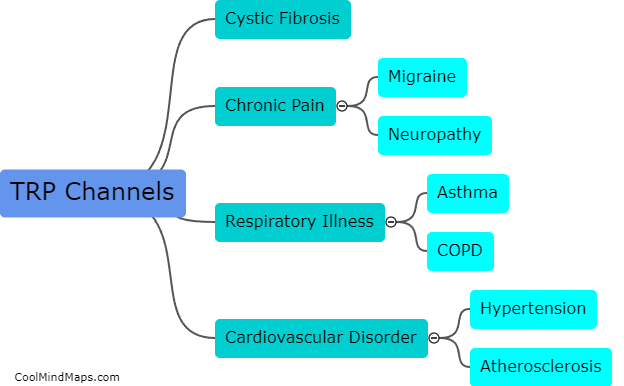How do TRP channels contribute to intracellular calcium signaling?
TRP channels, or transient receptor potential channels, are non-selective cation channels found in a variety of cells. These channels play important roles in Ca²⁺ homeostasis through their ability to regulate Ca²⁺ influx into cells. TRP channels are activated by a wide range of stimuli including physical forces, temperature, and chemicals, and their activation ultimately results in an increase in intracellular Ca²⁺ concentrations. This increase in Ca²⁺ can trigger downstream signaling pathways important for cellular processes such as muscle contraction and neurotransmitter release. Therefore, TRP channels, by mediating Ca²⁺ influx, contribute significantly to intracellular calcium signaling.

This mind map was published on 22 June 2023 and has been viewed 123 times.











